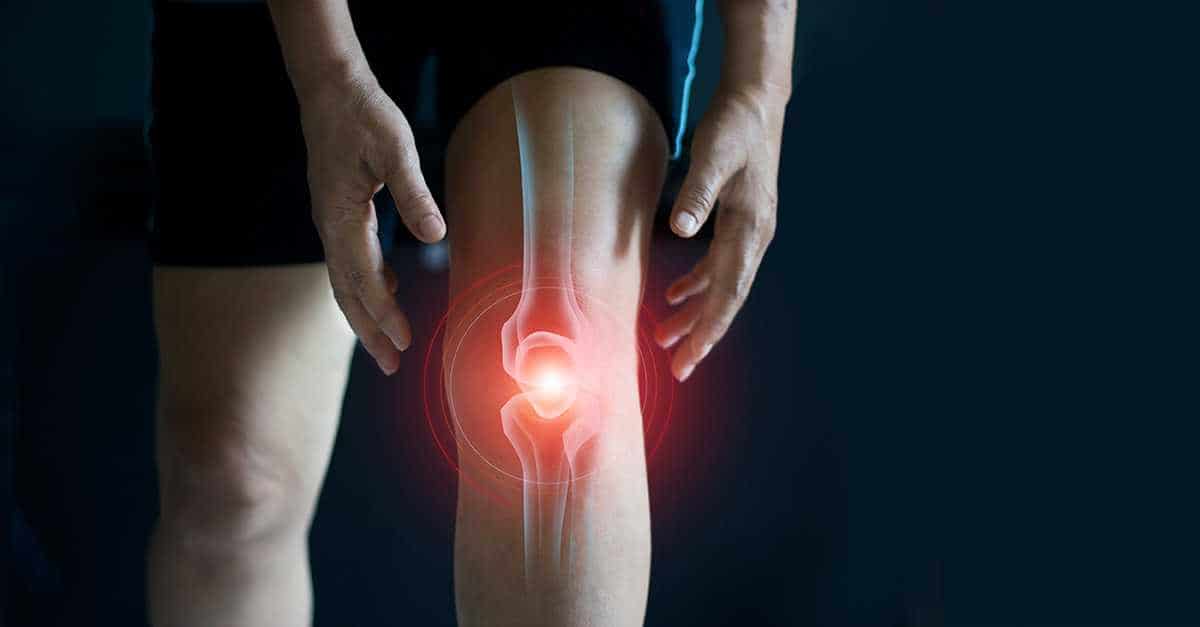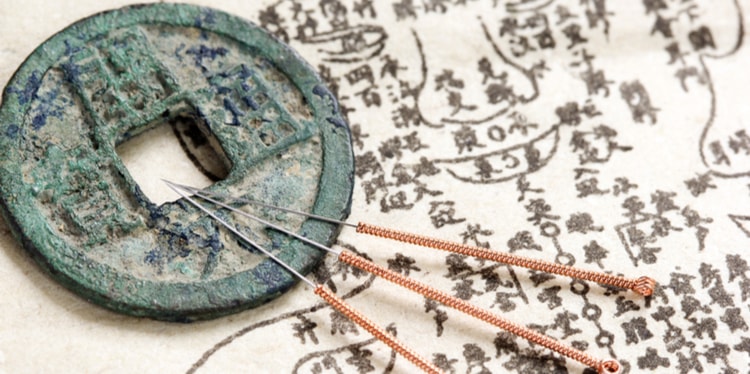The purpose of pain is to tell you that something is not right, such as an illness or injury. Different types of pain indicate that you need to do or stop doing something. For example, you will feel pain if you touch a hot stove, so you will move your hand before being badly burned.
Pain varies by person. Some individuals have a higher threshold for hurt than others. Select people are susceptible to pain. Two people could have the same injury and feel different levels of pain. People perceive pain differently because of their unique bodies and central nervous systems.
You need to understand your pain. If you neglect to see a medical professional, your pain can worsen and affect your quality of life. Pain treatment varies by condition, but you might be able to manage your unpleasant sensory and emotional discomfort with natural remedies.
The Basic Types of Pain
The five common types of pain include:
Acute Pain
is relatively short, like for the few minutes after you stub a toe. However, pain lasting for fewer than six months is also acute. It is typically related to an injury or illness, and the pain ends when you heal. Sprained ankles, bruised ribs, and other temporary conditions. One of the side effects of injuries left untreated is the acute pain may become chronic pain from the injury, not healing correctly.
Chronic Pain
This occurs for longer periods, constantly or intermittently. For instance, headaches and migraines can occur several times a year. Health conditions are often the reason for chronic pain, such as arthritis, a back injury, or fibromyalgia.
Neuropathic Pain
Chronic pain that comes from nerve damage, peripheral nerves, or damage to the nervous system. This pain type often feels like burning, stabbing, or shooting pain. Some have described it as feeling like pins and needles. The pain can also make you sensitive to temperatures.
Nociceptive Pain
Nociceptive pain is potential tissue damage, which can feel achy, sharp, or throbbing. External injuries often cause this pain type. Nociceptive pain can be acute or chronic, from a scrape to diabetic neuropathy.
Radicular Pain
This is a specific type of nociceptive pain that occurs when the spinal cord becomes compressed or inflamed. It can feel like numbness, tingling, and muscle weakness. Most people call radicular pain sciatic because that is the nerve affected.
Referred pain
This type of pain occurs when pain or tissue injury causes you to feel discomfort in a different part of your body. For example, shoulder and neck pain could be from a heart attack, liver cyst, or injured spleen. It happens when your brain sends the pain signal.
Your pain type can indicate if it is time to see a professional.
When to See a Doctor
You might be hesitant to see a doctor if you experience minimal discomfort or visceral pain only once in a while. Pain is a signal that you need certain types of treatment and care. Untreated illnesses and injuries can lead to long-term problems.
Likewise, you do not need to see a physician for every bump and bruise. To assess your pain severity, ask yourself to subjectively rate your pain on a scale from 0 to 10. Most facilities use the following guide:
- 0 to 3 is mild pain
- 4 to 7 is moderate pain
- 8 and above is severe pain
You should see someone if your pain is an eight or higher. You may also consider seeing a health care provider for a lower pain score if:
- Pain suddenly worsens.
- The pain is in your abdomen or chest.
- An onset of numbness occurs in your hands or feet.
- Your symptoms change significantly.
- Other symptoms suggest something is wrong.
If you need to manage your chronic pain, a doctor can help alleviate your aching. Dealing with pain every day can be unbearable without the proper treatments to ease your discomfort. You and your doctor can discuss your pain management options. Consult with a medical professional if:
- You are not able to cope with your pain.
- You are unable to work because of your pain.
- You want to switch current management plans.
Pain medication can stop or dull pain, but many gravitate towards natural pain remedies as an alternative. Painkillers have health side effects, and some people become dangerously dependent on pharmaceutics.
The U.S. Food and Drug Administration (FDA) recognizes the increasing harm of opioids and pain-reducing medications. The FDA states, “…We must also take steps to help those with acute and chronic pain who need access to medicines, including opioids, get improved treatment alternatives.”
Natural Pain Management
The top two natural pain management treatments are acupuncture and spinal manipulation. The National Center for Complementary and Integrative Health says the following:
“Results from several studies suggest that acupuncture may help ease types of pain that are often chronic such as low-back pain, neck pain, and osteoarthritis/knee pain. It also may help reduce the frequency of tension headaches and prevent migraine headaches. Therefore, acupuncture appears to be a reasonable option for people with chronic pain to consider.”
“The [American College of Physicians] suggested that spinal manipulation remains a recommended treatment option for chronic low-back pain, saying that it is one of several options that show some evidence of effectiveness.”
Acupuncture involves practitioners stimulating body points using thin needles. Although needles are involved, acupuncture is close to painless. The treatment improves overall body functioning and encourages your body to heal. It is a practice that stems from traditional Chinese medicine.
Spinal manipulation – or chiropractic adjustments – uses controlled thrusts to move joints. It can treat sciatica, low-back pain, neck pain, headaches, and other chronic or acute pain conditions.
Acupuncture and chiropractic adjustments are just a couple of the natural remedies ChiroCare of Florida provides. Massage therapy is another treatment for alleviating muscle tension and pain. Cupping therapy can decrease inflammation and flush toxins. Contact us for an appointment to discuss the types of pain you are suffering from and how to treat and manage your discomfort.
https://www.fda.gov/drugs/information-drug-class/opioid-medications
https://www.nccih.nih.gov/health/acupuncture-in-depth
https://www.nccih.nih.gov/health/spinal-manipulation-what-you-need-to-know









